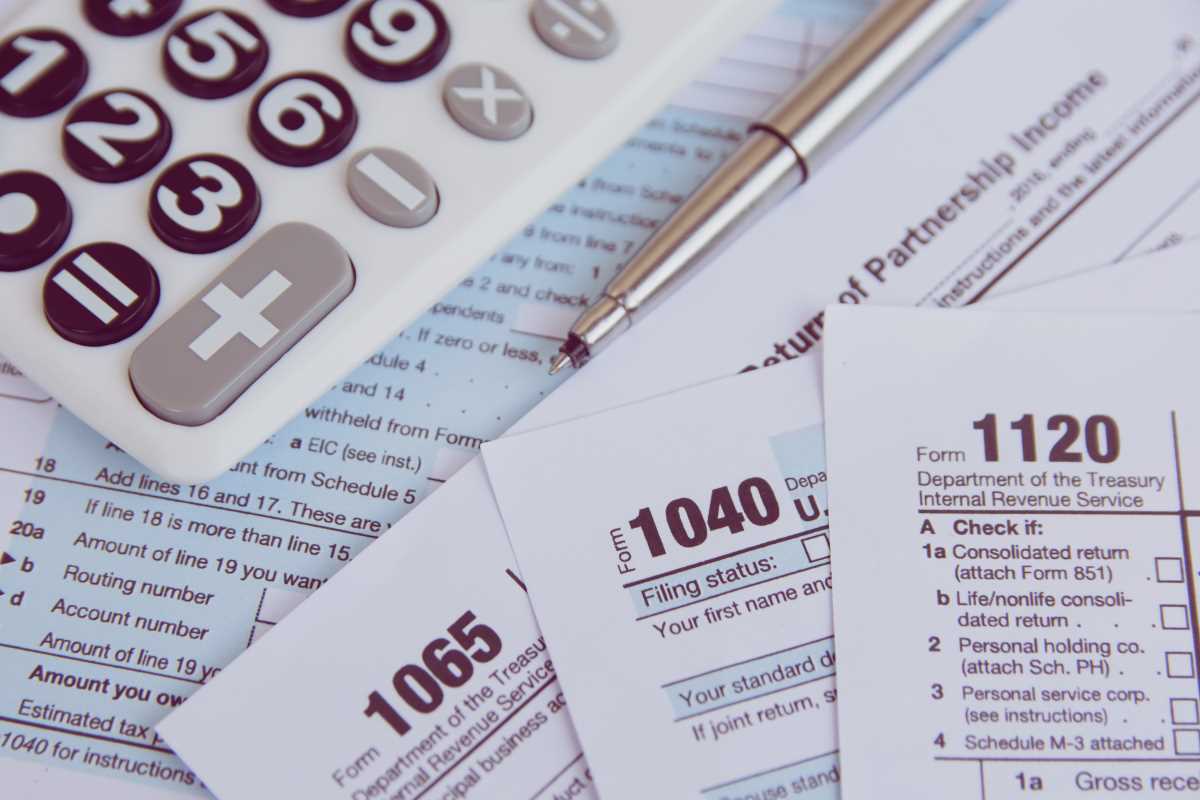Tax season approaches with predictable certainty, yet many taxpayers remain uncertain about selecting optimal filing methods for their specific circumstances. Understanding available options and their respective advantages and limitations enables informed decision-making that can significantly impact both accuracy and financial outcomes.
This comprehensive analysis examines current tax preparation methodologies, evaluating effectiveness, cost considerations, accuracy potential, and overall user experience. The following assessment provides detailed guidance for navigating tax season requirements while maximizing refund potential and minimizing compliance risks.
Best Tax Filing Methods: Superior Options for Accurate Returns
Professional Tax Preparation Services: Comprehensive Expertise
Professional tax preparers represent the gold standard for complex tax situations, providing comprehensive expertise that justifies their premium pricing structure. Certified Public Accountants (CPAs) and enrolled agents possess extensive training in current tax law, enabling them to identify deductions and credits that software solutions may overlook.
The primary advantage of professional services lies in personalized consultation and error mitigation. Experienced preparers review documentation thoroughly, ask clarifying questions about potential deductions, and provide strategic advice for future tax planning. They assume responsibility for accuracy and typically offer representation services if Internal Revenue Service (IRS) audits occur.
Professional services command substantial fees, typically ranging from $200 to $500 for standard returns, with complex situations requiring higher investments. Appointment scheduling during peak season creates delays, and quality varies significantly between individual preparers. Taxpayers must research credentials and read client reviews to identify qualified professionals.
Professional preparation proves most beneficial for business owners, individuals with multiple income sources, those claiming significant deductions, or taxpayers facing major life changes such as marriage, divorce, or property transactions. The expertise investment becomes cost-effective when potential tax savings exceed preparation fees.
Premium Tax Software: Advanced Features with Professional Guidance
High-end tax software solutions, including TurboTax Deluxe, H&R Block Premium, and FreeTaxUSA Plus, provide sophisticated preparation tools that rival professional services for many tax situations. These platforms offer comprehensive interview processes that guide users through complex scenarios while providing audit protection and professional review options.
Premium software excels in accuracy verification, automatically checking calculations and cross-referencing entries for common errors. The integration with financial institutions enables automatic data importation from W-2s, 1099s, and investment accounts, reducing manual entry errors and saving significant time. Advanced versions include state tax preparation and unlimited amendment capabilities.
Cost-effectiveness represents a significant advantage, with premium versions typically priced between $50 to $120 annually, substantially below professional preparation fees. The convenience of completing returns at any time, combined with electronic filing capabilities, appeals to users who prefer controlling their timeline and privacy.
Limitations include reliance on user input accuracy and understanding of tax concepts. Complex situations involving business income, rental properties, or international transactions may exceed software capabilities. Technical support quality varies between providers, and some users experience frustration with customer service response times during peak filing periods.
Free Tax Software: Reliable Solutions for Straightforward Returns
Free tax preparation software, including IRS Free File options and basic versions of commercial programs, provides reliable solutions for taxpayers with straightforward financial situations. These platforms handle standard deductions, common tax credits, and typical income sources without compromising accuracy for basic scenarios.
The IRS Free File program partners with established software companies to provide completely free preparation and filing services for eligible taxpayers, typically those earning below specified income thresholds. These solutions include federal and state tax preparation, electronic filing, and basic customer support without hidden fees or upgrade pressure.
Free software proves ideal for taxpayers with W-2 income, standard deductions, and minimal complexity in their financial situations. Students, young professionals, and retirees with simple income structures often find free options completely adequate for their needs while maintaining professional-level accuracy.
Restrictions typically limit advanced features such as detailed deduction optimization, complex investment reporting, or business income handling. Users may encounter upgrade prompts when situations exceed basic parameters, and customer support options remain limited compared to premium versions.
Worst Tax Filing Methods: Options to Avoid
Paper Filing: Outdated and Error-Prone Process
Paper tax filing represents the most problematic approach to tax preparation, combining increased error potential with significant processing delays and limited verification capabilities. The manual calculation requirements create numerous opportunities for mathematical mistakes that can trigger audits or result in incorrect refund amounts.
Processing delays constitute a major disadvantage, with paper returns requiring 6-8 weeks for refund processing compared to 2-3 weeks for electronic submissions. The IRS prioritizes electronic returns, leaving paper filers waiting extended periods for resolution of any issues or questions regarding their submissions.
Documentation requirements become cumbersome with paper filing, requiring physical mailing of forms and supporting documents that may be lost or delayed. Taxpayers lose the convenience of electronic confirmation and tracking capabilities that provide peace of mind regarding successful submission and processing status.
Error correction proves particularly problematic with paper returns, as amendments require additional paperwork and extended processing periods. The lack of automatic calculation verification increases the likelihood of mistakes that could have been prevented through electronic preparation methods.
Unqualified Preparers: Risky and Potentially Costly
Utilizing unqualified or inadequately credentialed tax preparers represents a significant risk that can result in substantial financial consequences and legal complications. Individuals lacking proper certification may misunderstand current tax law, miss legitimate deductions, or provide incorrect advice that triggers penalties or audits.
The absence of professional oversight means unqualified preparers cannot represent clients during IRS interactions, leaving taxpayers to handle audit proceedings independently despite receiving faulty preparation services. Insurance coverage and error-correction guarantees typically do not exist with unqualified providers.
Quality control remains inconsistent with unqualified preparers, as they lack standardized training and continuing education requirements that credentialed professionals must maintain. Taxpayers may receive different advice or preparation quality depending on the individual preparer's limited knowledge and experience.
Cost savings often prove illusory when mistakes require professional correction or result in missed deductions that exceed the original preparation fees. The potential for penalties, interest charges, and audit costs can far exceed any initial savings from choosing unqualified preparation services.
Basic Online Tax Services Without Support: Limited Assistance When Problems Arise
Basic online tax services that provide minimal customer support create significant challenges when taxpayers encounter complex situations or technical difficulties during preparation. These bare-bones platforms offer limited guidance beyond basic question prompts and provide insufficient assistance for unusual circumstances.
Technical support limitations become apparent when users need clarification about specific tax situations or encounter software glitches that prevent completion of their returns. Email-only support with slow response times creates frustration and delays that may prevent timely filing.
The lack of professional review capabilities means errors or missed opportunities remain undetected until after filing, when correction becomes more complex and potentially expensive. Users assume full responsibility for accuracy without professional verification or audit protection services.
Feature restrictions often force users to upgrade to premium versions when their situations exceed basic parameters, eliminating anticipated cost savings and creating surprise expenses during the preparation process.
Key Evaluation Criteria for Tax Filing Method Selection
Complexity Assessment and Method Alignment
Evaluate your tax situation complexity honestly before selecting preparation methods. Taxpayers with multiple income sources, business ownership, investment portfolios, or significant life changes benefit from professional services or premium software solutions. Those with straightforward W-2 income and standard deductions can utilize free or basic software options effectively.
Consider the time investment required for different methods and your comfort level with tax concepts and technology. Professional services require appointment scheduling but minimize personal time investment, while software solutions provide flexibility but require active participation in the preparation process.
Accuracy Requirements and Error Prevention
Prioritize methods that provide robust error-checking capabilities and professional oversight appropriate for your situation's complexity. Professional preparers and premium software offer comprehensive verification tools that reduce audit risk and ensure maximum refund potential.
Evaluate guarantee and support policies offered by different preparation methods. Professional services typically provide representation and error-correction guarantees, while premium software includes audit protection and customer support services that basic options lack.
Cost-Benefit Analysis and Long-Term Considerations
Calculate total costs including preparation fees, software licensing, and potential additional services required for your specific situation. Compare these costs against potential tax savings, time investment, and peace of mind benefits provided by different methods.
Consider long-term relationships and consistency benefits offered by professional preparers who understand your ongoing tax situation and can provide strategic planning advice beyond annual preparation services.
Strategic Recommendations for Optimal Tax Filing
Select tax preparation methods based on your specific circumstances, complexity requirements, and comfort level with tax concepts rather than cost considerations alone. The most expensive option may not be necessary for simple situations, while the cheapest option may prove costly if errors or missed opportunities occur.
Research credentials and reviews thoroughly when selecting professional preparers or software solutions. Verify certifications, read recent client feedback, and confirm availability of support services that match your needs and timeline requirements.
 (Image via
(Image via





